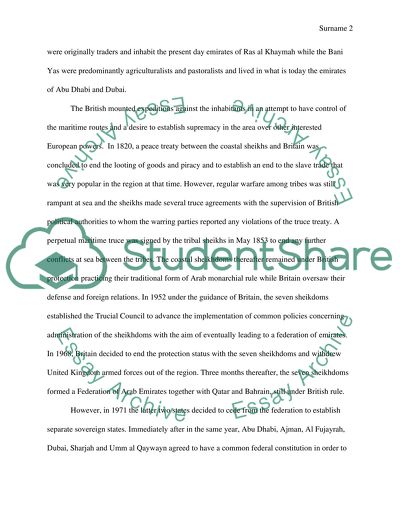Cite this document
(“United Arab Emirates Essay Example | Topics and Well Written Essays - 2000 words”, n.d.)
Retrieved from https://studentshare.org/english/1481434-about-united-arab-emirates
Retrieved from https://studentshare.org/english/1481434-about-united-arab-emirates
(United Arab Emirates Essay Example | Topics and Well Written Essays - 2000 Words)
https://studentshare.org/english/1481434-about-united-arab-emirates.
https://studentshare.org/english/1481434-about-united-arab-emirates.
“United Arab Emirates Essay Example | Topics and Well Written Essays - 2000 Words”, n.d. https://studentshare.org/english/1481434-about-united-arab-emirates.


